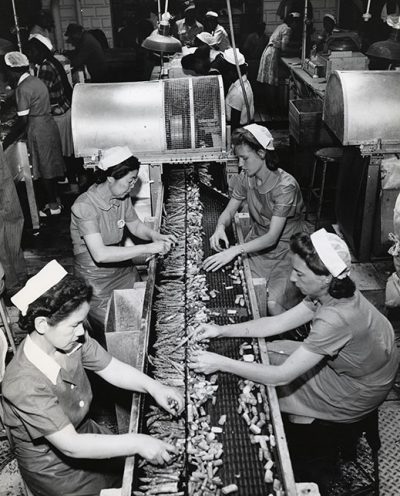
In 1944, as the tide in World War II turned toward the Allies, Seabrook Farms, a huge farming and food–processing operation in Cumberland County, took advantage of a new Roosevelt Administration policy to employ Japanese-Americans who had been interned in detention camps since the beginning of the war.
Several thousand Japanese-American internees opted to work at Seabrook, joining other immigrants—Estonians, Poles and Hungarians escaping the Russian Army and even German prisoners-of-war—to work for a company Life magazine called, “the greatest vegetable factory on Earth.”
Most of the workers, but particularly the Japanese-Americans, lived in Seabrook-built homes with amenities they didn’t have in the camps. The work was hard, the pay low and the hours long, but there were valued amenities, like schools and play areas for the children.
The war years made Seabrook an agricultural powerhouse. In the ensuing years, Seabrook was in the vanguard of the frozen-food revolution. At one point, it processed more than 15 percent of the produce in the United States. In the late 1950s, a schism developed between the second and third generations of the Seabrook family. The business was sold to a New York firm, which closed operations in the 1980s.
As for the Japanese-Americans, many who had come to work at Seabrook stayed after the war, raising their families in Cumberland County. Some continued working at Seabrook until its demise; some found other jobs in the area. Many ultimately retired there.
